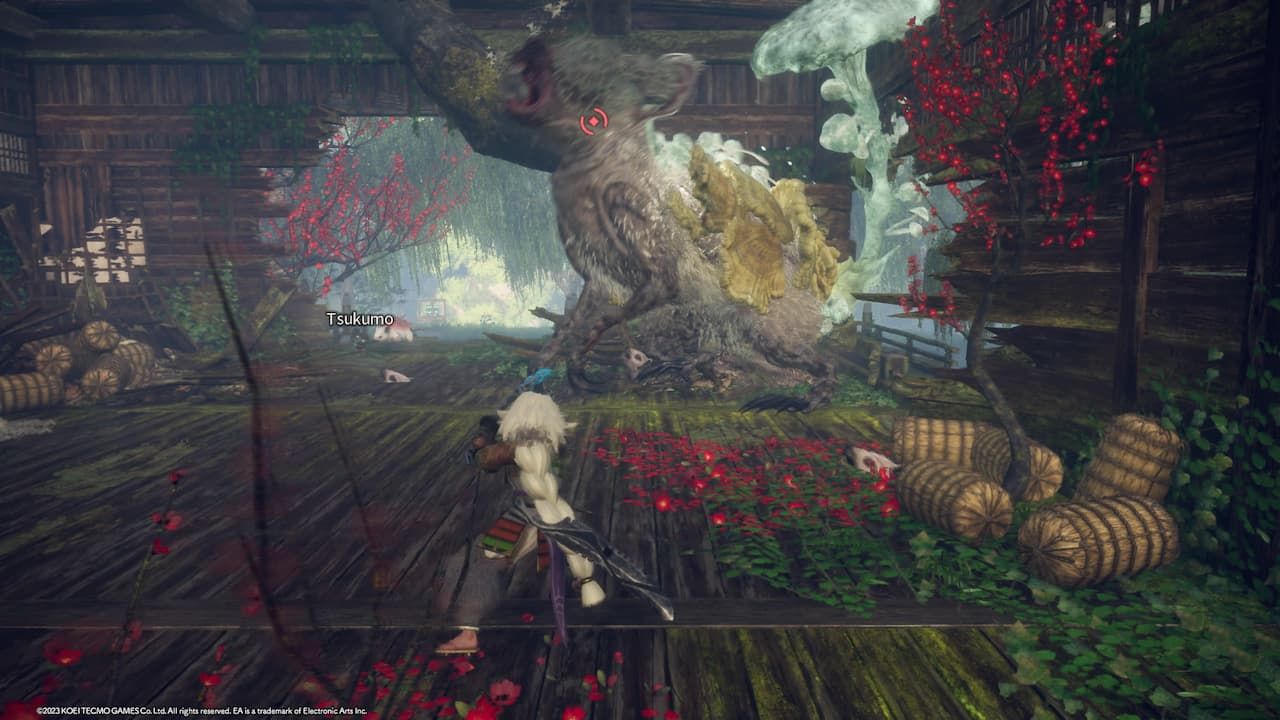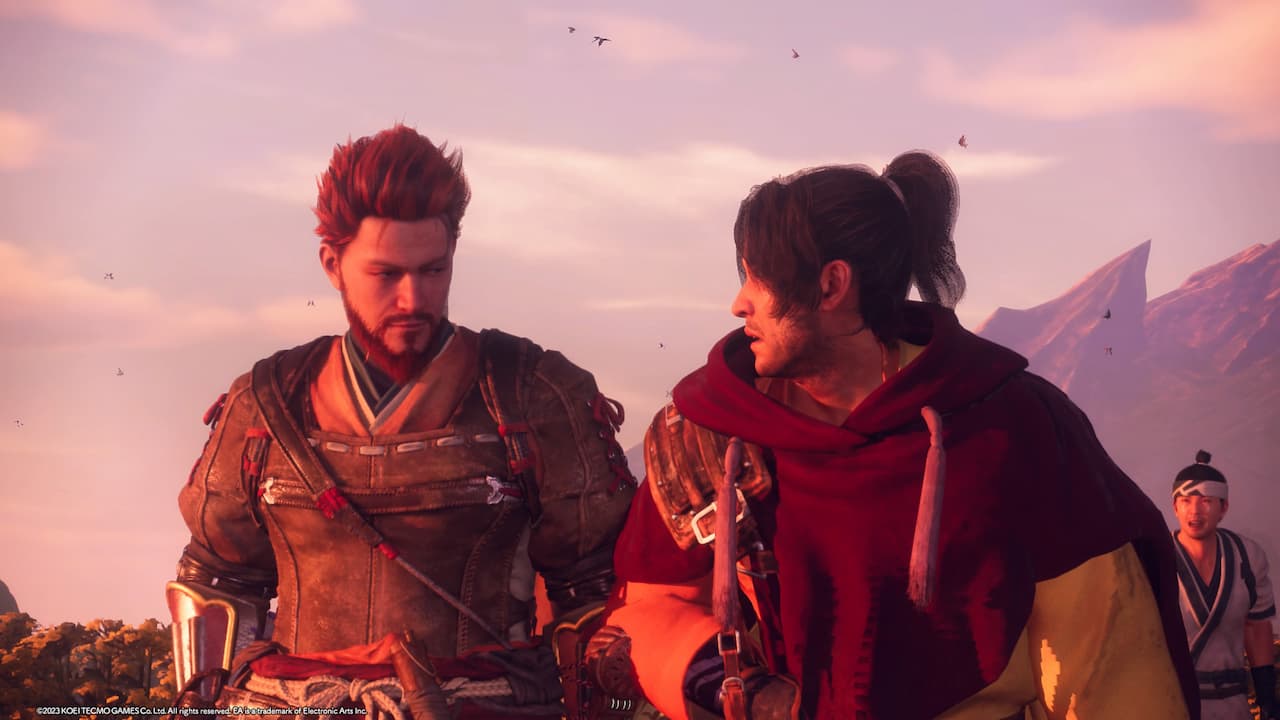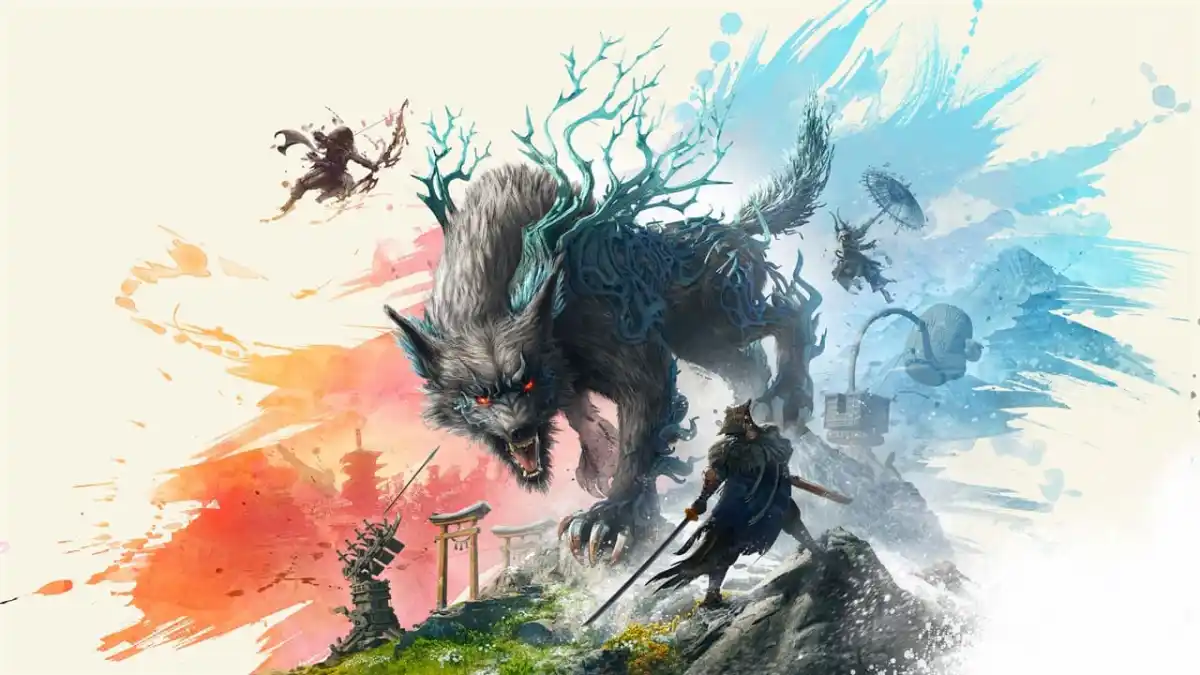Developers from Omega Force, Koei Tecmo, and EA make a great team, which shows in their latest game. Wild Hearts had a lot of pressure being able to compete with the more well-known game, Monster Hunter, and considering it falls under the same subgenre, it had to make a way to stand out from the competitor. After playing around 40 hours and hunting down upwards of 80 Kemono, I can safely say that Wild Hearts is not just a carbon copy of Monster Hunter but an entry into the genre that stands alone and brings a whole array of new ideas to the table. With that said, some hiccups along the way hurt Wild Hearts, but not in significant ways where it ruins the experience for players.
Gameplay and Combat – A Whole New Way to Hunt

Wild Hearts follows the formula that hunting fans will be familiar with, such as seeking out giant beasts, killing them, gathering their materials, and using them to upgrade their gear and armor. While this process can be considered a simple idea, the game shines through the mechanics of crafting while in the midst of battles. Karakuri, the name of the crafting system, is a brilliant addition to the combat that makes every hunt feel different from the last and adds to the number of playstyles allowed in and out of the hunt.
Hunters in Wild Hearts have access to three different Karakuri types, all with a unique purpose. Dragon Karakuri can help you travel across the game’s regions, Basic Karakuri can help you survive longer in combat, and Fusion Karakuri combines your Basic Karakuri to offer protection and increased damage toward the Kemono you are fighting.
I want to emphasize the Basic and Fusion Karakuri and how well this mechanic alleviates the battle system in Wild Hearts. These must be done on the fly amid battle and require the player to use strategic thinking and timing to maximize their full potential. Concoct a pounder to hammer down the beast with significant damage, use your bulwark to block the Kingtusk from running you down, or set off a firework to knock down a flying Kemono, leaving it stunned to the floor. With many more options to create, these Karakuri will make all the difference in whether you survive to see another hunt.
This Karakuri system makes co-op with other hunters in a league of its own. Teaming up with other hunters, all having their Karakuri builds and strategy results in a wild experience that any fan of hunting games should experience. Your partner made a stack of blocks to climb up and rain down a decisive attack? Well, you can be right behind this player and use their Karakuri to your advantage as well. Every Karakuri built will remain in the Hunters world until a player or beast destroys it, making teamwork essential to come out on top in the hunt.
With all of the good being mentioned, the somewhat flawed must be discussed. The reasonably lousy part of the gameplay and combat is that sometimes the camera can’t handle all that is happening on screen. I have found myself, quite a few times, getting caught in the corner, unable to move and see what I was doing, resulting in death or at least a significant hit in my health bar. Some can argue that this camera issue is expected in a hunting game, and although this is very rare, it is most likely that players will want this fixed in a future patch or update to make this issue more manageable.
Kemono – Variety
The game offers 20 Kemono to seek out, with more promised in the future, each with its moveset and characteristics. You can compare this feature to Soulslike games, where you must study what makes your enemy tick and learn how to avoid devastating blows that the Kemono are constantly looking to land on you. You’ll find that certain Karakuri and weapons work better against each Kemono, making you continuously have to make a game plan. This was a great way to keep the feel of gameplay fresh and different every time you went out on the hunt, and even though this was incredibly difficult, it felt great when you learned how to win.
Some of these Kemono you come across will have different variations; for example, a Kingtusk can also be found as an Icetusk in another region. While it would have been nice to have a different Kemono instead of the same look, these variations offered different movesets, and the player needs to adjust accordingly.
RPG Mechanics – Weapons, Gear, and Karakuri Skill Trees
Weapons and gear are significant in Wild Hearts, considering each Kemono has its specific weakness. The player can target each weakness by upgrading weapons to increase damage with an element attached, such as fire, water, or wind, to name a few. It is the same here for anyone familiar with how element weaknesses work in games. For example, a water enhancement will have the fire Kemono cowering as you use the water to your advantage.
Hunters can look at armor and gear in the same light but the other way around. If you plan on hunting a Fire Kemono, you will want to equip armor that focuses explicitly on defense against fire attacks. Players don’t have to make guesses here either, as the game will provide you with a Cyclopedia on each Kemono, making it essential to study before you go out on every hunt.
This is my favorite mechanic, considering it pushes the player to create different load-outs, which you can do from the main menu, depending on the Kemono you plan on hunting at that very moment. These load-outs can be pushed even further by switching out all eight different weapons with three different categories, Slash, Lunge, and Pummel, depending on what the Kemono is weakest to, according to the Cyclopedia.
The game expands the Karakuri system by including a skill tree for these builds. In said skill tree, you will be able to increase the damage output of each Karakuri, the sturdiness to prevent breaking from Kemono, and even learn new Dragon Karakuri to use around each region to help gather resources, improve exploration, and more. This skill tree was a great addition to the already phenomenal RPG mechanics, requiring you to decide where to spend your points. Once again another reason why this game requires plenty of strategy and calculated choices.
Story and Visuals – An Uninspiring Story in a Beautiful Setting

I’m not going to criticize Wild Hearts too much in this field considering the story is the least important aspect of hunting games, but it should still be addressed. Wild Hearts tells a tale of the Kemono, who are infused with nature and destroying everything in their path. Not to go into spoiler territory, but it is up to you, the hunter, to take them down and restore balance to the regions across Azuma. With boring dialogue and uninteresting events, the story leaves a lot to be desired and won’t do much for players looking for an experience that focuses on this.
Wild Hearts regions are focused on the four seasons, each representing one in a beautiful way that makes the game stand alone. Nature is fundamental in the game, especially considering the Kemono are infused with it, and the representation of each season pops on screen, making each hunt a breathtaking experience for hunters from all walks of life.
Now don’t get me wrong, the graphics aren’t something to write home about, and doesn’t match up to what other AAA games offer, such as Horizon Zero Dawn, but the ocean-like summer in Spirit Isle or the turning of the leaves in Akikure Canyon left me wanting to explore more.
The Verdict
Wild Hearts should not go unnoticed by hunting fans looking for a brand-new adventure. With beautiful scenery, and an addicting combat system filled with creativity, there is no denying that the developers have made it known that they can compete with their top competitor. Fresh ideas separate the game and push it into a league of its own, and I can’t wait to see what updates they have in store for the future. While the game stumbles here and there regarding camera issues, story, and a lack of enemy variety at launch, Koei Tecmo’s Omega Force and EA’s latest game still manages to land on its own two feet. A brilliant crafting system makes Wild Hearts unique and a lovely addition to the hunting subgenre.












Published: Feb 16, 2023 08:59 am